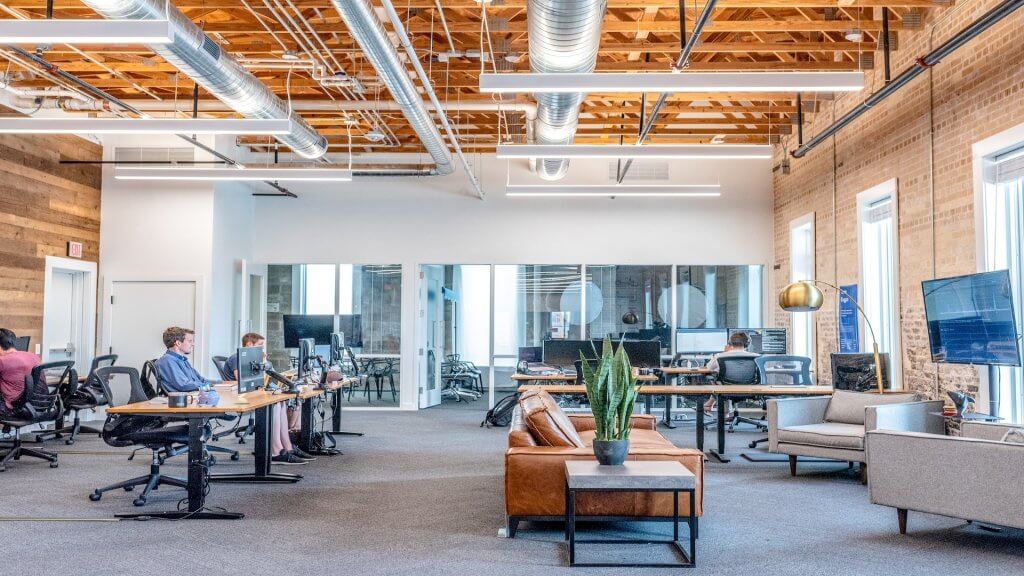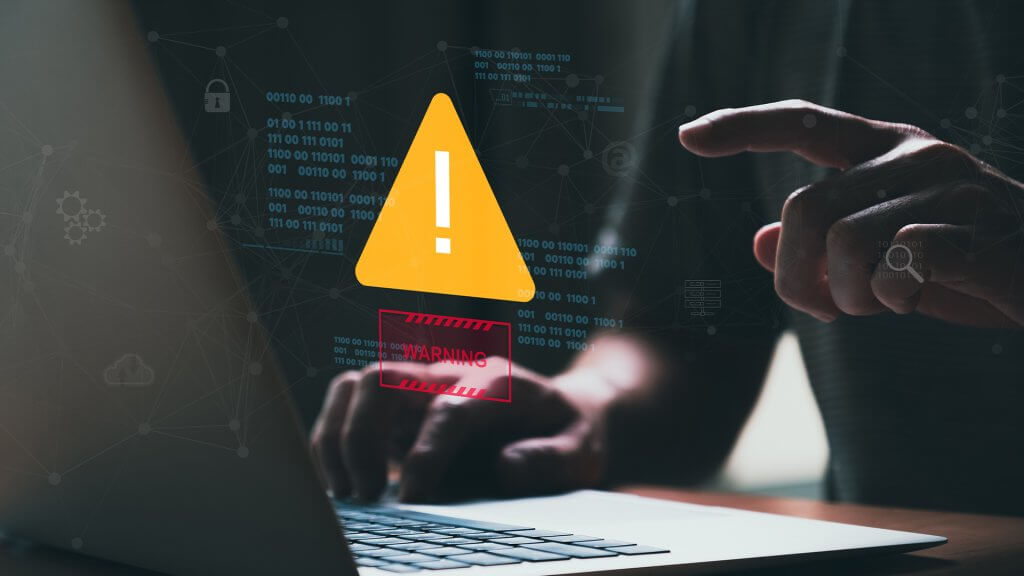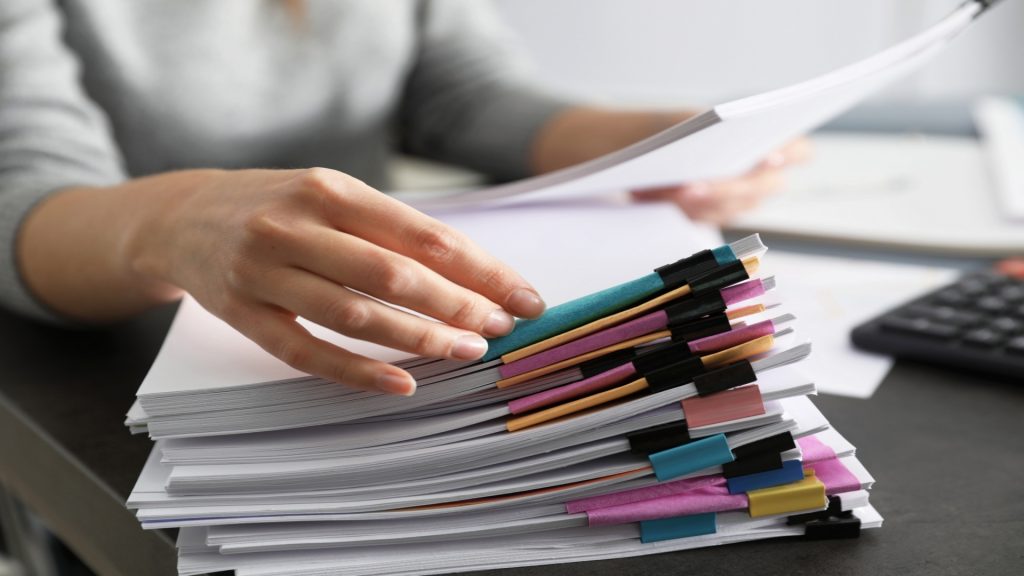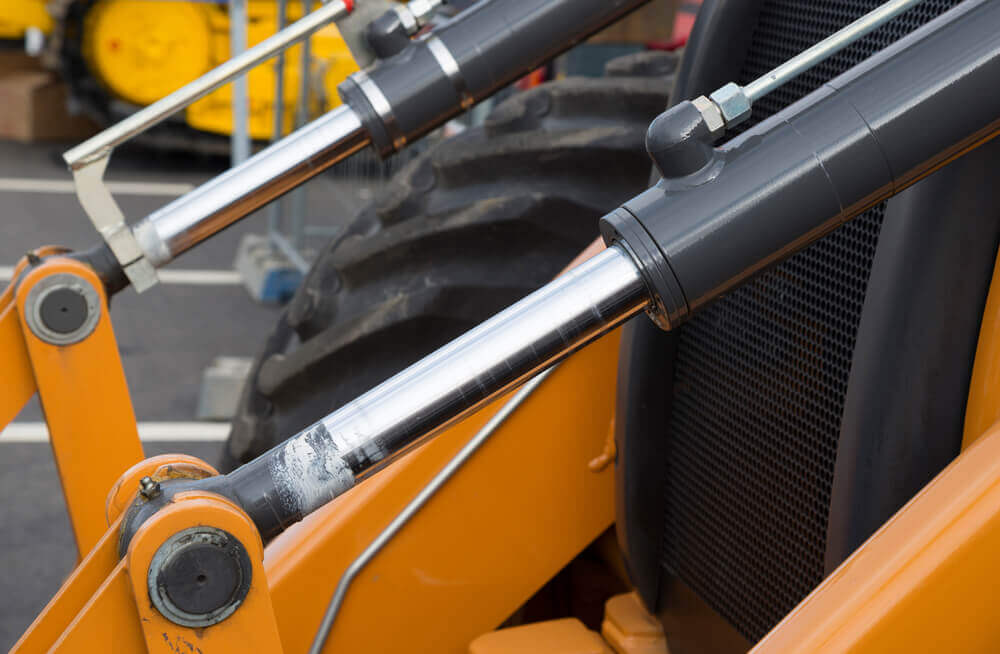
With constant progress in automation, large corporations are adapting to digital processes for VAT. By implementing innovative strategies and technological advances, businesses can comply with the latest regulations and requirements.
If your business is VAT registered, you are required by law to keep digital records and use compatible software to file your tax returns. However, transitioning from traditional paperwork processes to large-scale digitisation is no easy feat. If you’re interested in transparency, keep reading.
Why do VAT processes need to be made digital?
HMRC plans to digitise the tax system. These changes aim to make calculating tax quicker and more straightforward for self-employed individuals and businesses.
Along with improving accuracy across the board, digitisation should allow customers to integrate tax management with other business processes through specific software. Tax will be reported more regularly and, in turn, digitised systems will contribute to enhanced VAT compliance and productivity across multiple sectors.
This new approach will reduce the total amount of tax lost to avoidable and human error. Automated record-keeping, updates, and reporting will improve the accuracy of tax calculations, allowing information to be sent directly to HMRC, and leaving more time for vital business functions.
How and when should businesses transition to digital VAT filing?
The shift from manual VAT processes to digital systems is already taking place for large businesses. Unless your business is exempt or you’ve applied for exemption, HMRC will automatically sign your company up to digitised reporting.
Otherwise, you should find compatible software straight away. If you’re a landlord or self-employed, you’ll need to meet digital requirements for VAT by the following dates:
- 6th April 2026 if you have an annual property or business income exceeding £50,000
- April 2027 if you have an annual or property or business income over £30,000
What’s the role of automation in VAT management?
Automation and integration technologies can simplify VAT-related tasks and reduce necessary manual labour hours. Large businesses leverage digital solutions to automate various VAT requirements, including invoice generation and reconciliation processes.
Automated tools for streamlined data management enable:
- Rapid VAT calculations
- Accurate reporting for e-commerce businesses
- VAT compliance automation
- Real-time analytics, including sales and purchases from customers and suppliers
- Seamless integration with your existing IT infrastructure
Why should businesses digitise their tax?
The most significant advantages of automated VAT processes manifest in enhanced compliance and improved data accuracy. Since automated systems have advanced intelligence use of complex computers, they enable better compliance by reducing (and sometimes eliminating) the risk of human errors in calculations.
Using these technologies, the benefits of real-time data visibility are far-reaching. As soon as the management or accountancy team spots an error or anomalous result, queries can be responded to immediately through the automated system.
Overview
The cost and delays due to the of the MTD (Making Tax Digital) programme have changed expectations. Smaller businesses will be less likely to be affected, with larger corporations under strict obligation to comply.
Only 36% of tax agents believe that the shift from annual to quarterly reporting will be useful, but the results are yet to be seen. Do not hesitate to contact your accountant for more advice on tax and VAT compliance.





















